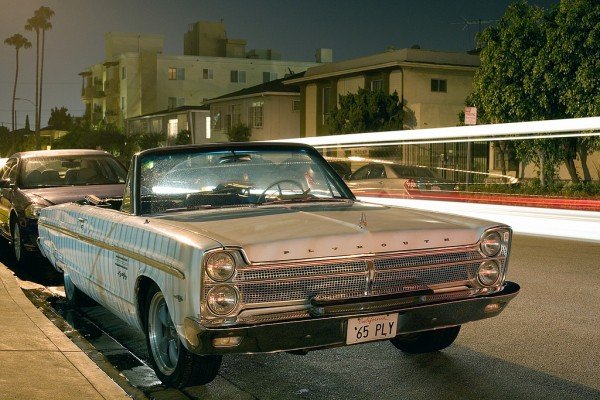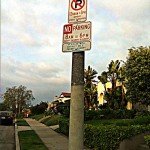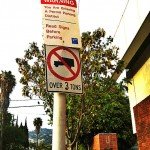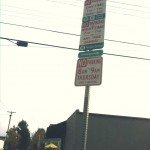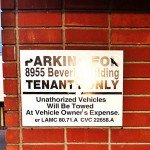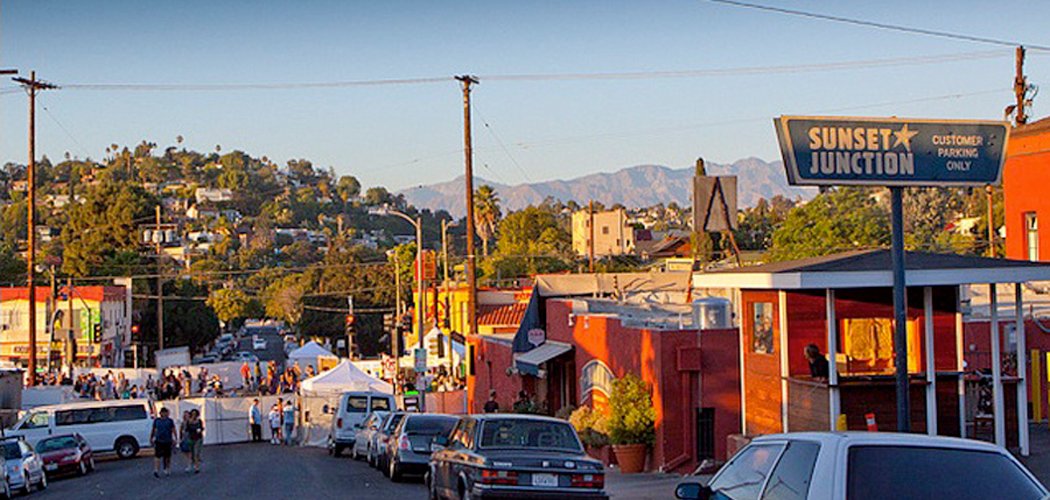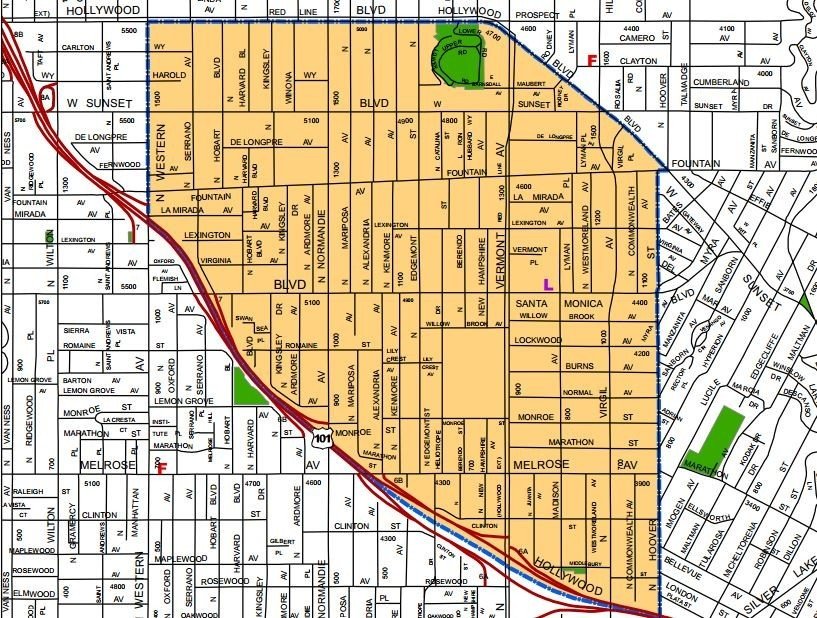They say you aren’t a true Angeleno until you’ve had your car towed, and the easiest way to do that is by ignoring parking signs. Mention parking in LA to anyone who has tried it, and you’re likely to be met by a chorus of groans and some will advise you to get a bike. But not all of us fancy navigating six-lane traffic and exhaust fumes on two wheels and with just a helmet for protection. More importantly, Los Angeles is big, and if you want to get anywhere quickly, you’re best off in a car. Where you can park, how much it will cost you, and how long you can park depends on where you are, what day it is, and what time you want to park the car.
Where Am I? This question is more complex than it looks. Los Angeles County has 88 cities, including the City of Los Angeles, and each city has its own slightly different set of parking rules and regulations. The respective transport authority websites can be very helpful. Retailers and locals have also come together to provide visitors with guides to parking. Websites such as venicebeach.com and Downtown Santa Monica provide their own, focused list of parking spaces and local regulations to look out for. Apps like ParkMe (downloadable on iPhone and Android) not only search for the parking spaces closest to you, but allow you to specify exactly what kind of parking you’re looking for. There’s often free parking on residential streets, but with all street parking (both free and metered), there is one vital piece of advice you should always keep in mind: READ THE SIGNS!!
Parking restrictions vary by street, so make sure you look out for the signs which tell you what the rules for the day are. Some streets can only be parked on for 2 hours at a time, some don’t allow parking on Wednesdays (or Thursdays, or only on public holidays), and some require permits. Temporary signs also warn you of street cleaning and other restrictions, and ignoring them could result in your car being towed. Check the sign on your side of the road and you’ll notice that the regulations may be different across the street! The signs aren’t always clear at first glance, so make sure you read them twice, to be sure. Here are a few examples of commons street signs you’ll see:
Some other LA regulations you should be aware of:
Colored Curbs Pay attention to the color of the curb you’re parking at. According to the California Driver Handbook, painted curbs have the following rules:
White–Stop only long enough to pick up or drop off passengers or mail.
Green–Short term parking. Look for a posted sign next to the green zone for time limits, or locate the time limit painted on the curb. There’s usually a max time limit of 15 minutes.
Yellow– “Passenger Loading” Stop no longer than the time posted to load or unload passengers, and stay with your vehicle. A little known fact about these curbs is that you can park at them after 6pm M-S and not be ticketed, unless otherwise noted.
Red–No stopping, standing, or parking.
Blue–Parking is permitted only for a disabled person or a driver of a disabled person who displays a placard or a special license plate for disabled persons or disabled veterans. A crosshatched (diagonal lines) area adjacent to a designated disabled parking space is a no parking area.
Meters & Paid Lots
Most parking meters take quarters (25 cents), and a growing number of them accept debit or credit cards. If it says ‘1 hour’, don’t park there for longer than an hour, or you will be ticketed. If a meter isn’t obvious, make sure you look around you for other forms of payment. There may be a central payment machine, so take note of your space number, and toggle the machine to arrive at how long you plan to be in the space (the machines take both cards and coins). Lastly, beware of the broken parking meters. There has been an ongoing debate about parking at these meters after the city received backlash after issuing several tickets to people who parked at them. After many complaints from outraged citizens, the city decided not to make residents pay if they park at broken meters. I tend to proceed with caution when a fee is involved. So may advice to you is: when in doubt, park somewhere else.
Driveways and Fire Hydrants
Don’t block them. Driveways may not always be obvious, so check carefully or risk your car being towed! This is actually how I got my car towed my first week in Los Angeles. I accidentally parked in front of a driveway that didn’t look like a driveway at all. The whole ordeal ended up costing me $600 dollars! It was a sad, sad day.
Parking On Hills
Always curb your tires. If headed uphill, turn your wheels away from the curb and let your car slide gently until the wheels touch the curb before putting it in park. If headed downhill, turn your wheels towards the curb – and don’t forget to put it in park. If you aren’t on a hill, make sure your wheels are parallel, and within 18 inches of a curb.
Parking Direction
Always park in the direction of travel, or you will be heavily ticketed.
While this may seem like a lot to keep in mind, much of it is common sense once you’re aware of what to look out for. So be aware of your surroundings, read the signs and drive safely!
Did you have any parking tips to share? Leave them in the comments section below!
photo credit: brianwallace via photopin cc

